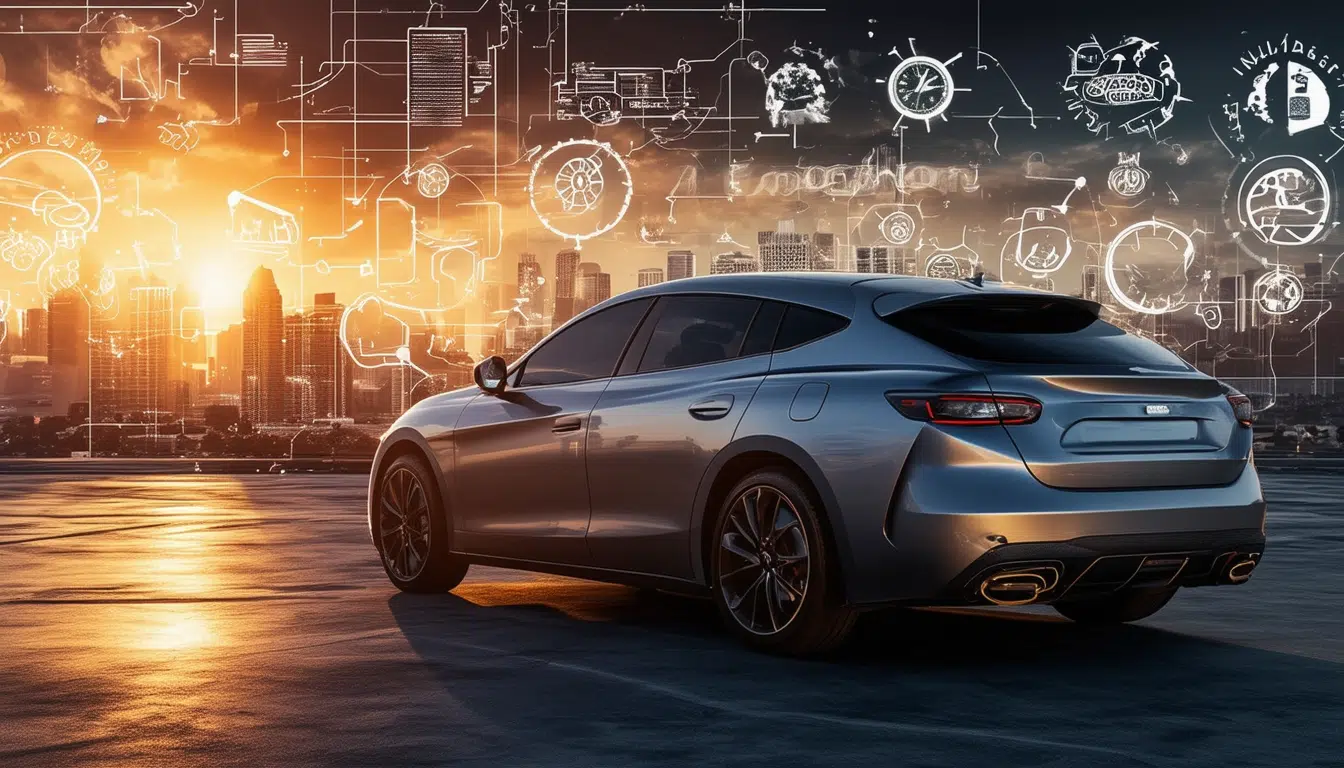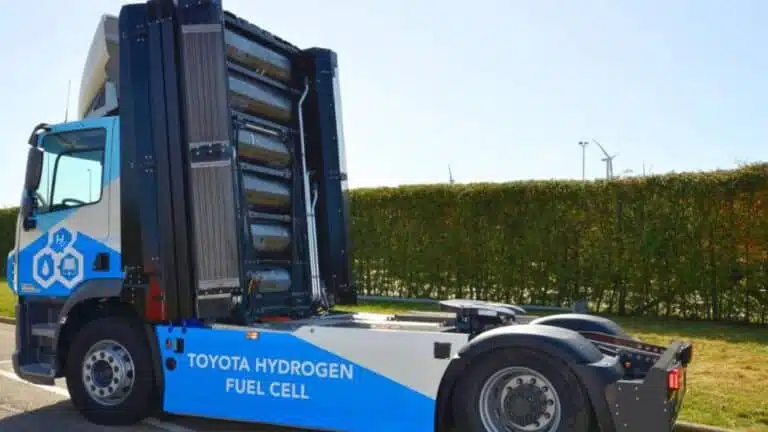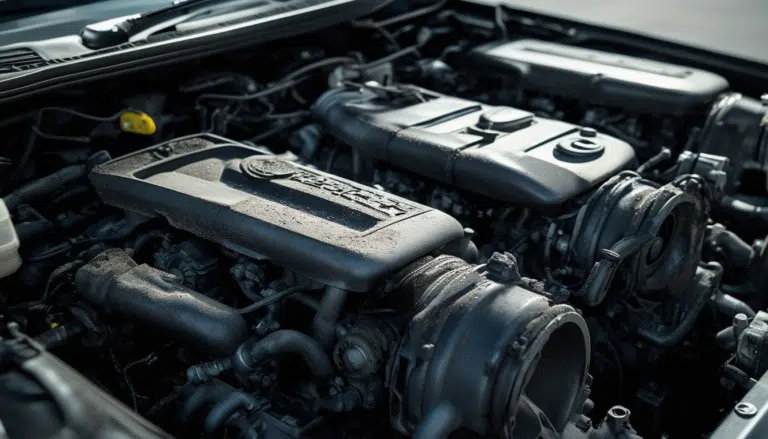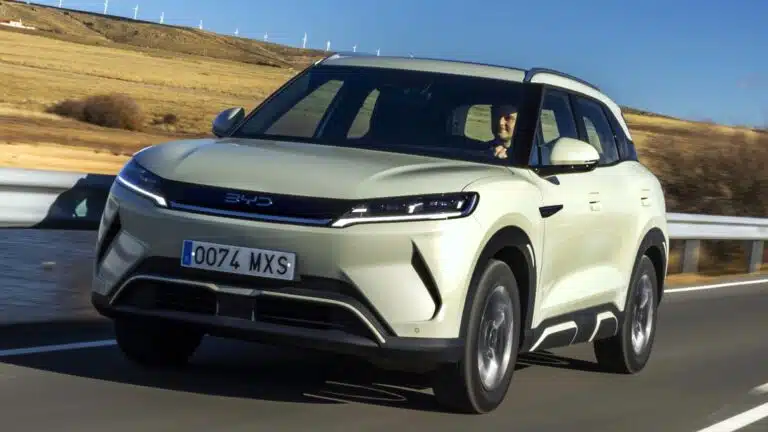Norms of emission: discover how they affect your car in Mexico

The emission standards in Mexico not only address the reduction of pollutants such as hydrocarbons and carbon monoxide, but they also directly affect the performance and sustainability of vehicles. With the implementation of regulations such as NOM-163 and the adoption of international standards such as EURO 6, the limits for nitrogen oxide emissions have become stricter, affecting both diesel vehicles and gasoline engines. These regulations are crucial for reducing vehicle pollution and improving air quality, especially in large cities like Mexico City, where vehicles are a significant source of harmful emissions.
Vehicle emission regulations in Mexico have changed drastically in recent years to combat the growing air pollution. These standards directly impact car owners, requiring them to modernize their vehicles to reduce levels of pollutants such as nitrogen oxides and carbon monoxide. This article explores how the implementation of NOM-163 and EURO 6 regulations influences the performance and sustainability of cars in Mexico, as well as offering tips for more eco-friendly driving.
Understanding the Mexican Official Emission Standards
In 2024, Mexico implemented NOM-163, a regulation that regulates the maximum limits of contaminant gas emissions. Nitrogen oxides (NOx), carbon monoxide (CO), and non-methane hydrocarbons (HCNM) are some of the compounds whose emissions are now restricted. This standard seeks to align the country with international standards, such as the EURO 6 regulation, which establishes specific limits for NOx in diesel vehicles (80 mg/km) and gasoline engines (60 mg/km).
Impact of Vehicle Pollution in Mexico
Transportation as the Largest Generator of Emissions
Transportation stands out as the main generator of emissions in Mexico, representing a significant source of pollution in urban areas. Emissions of carbon dioxide (CO2), nitrous oxides, and other compounds contribute to the deterioration of air quality, affecting both human health and the environment. Private cars are responsible for 18% of CO2 emitted, a key gas in the greenhouse effect.
Making Changes to Reduce Emissions
According to the new standards, cars must adjust their exhaust systems and use advanced technologies to decrease their emissions. Some of these technologies include the use of improved catalysts and more efficient engines, such as hybrid and electric engines. These adaptations not only reduce environmental impact but also improve fuel consumption.
Eco-Friendly Driving: Sustainable Options for Your Vehicle
Modernization and New Automotive Technologies
Innovation in automotive technology has facilitated the transition to more sustainable vehicles. Hybrid and electric cars offer an attractive alternative, significantly reducing harmful emissions. Furthermore, the gradual phasing out of diesel vehicles in some urban areas has accelerated the development of electric motors and energy efficiency technologies.
Adopting Responsible Driving Habits
Adopting responsible driving habits is another crucial step to decrease the environmental impact of vehicles. Maintaining a constant speed, avoiding sudden accelerations and braking, and performing regular maintenance on the car are practices that contribute to reducing emissions. Being informed about energy efficiency ratings can guide the choice of a more sustainable vehicle in line with the new regulations.
Conclusion
The implementation of stricter emission standards in Mexico aims to improve air quality and protect the environment. These regulations challenge drivers to adapt to cleaner technologies and responsible driving practices, thereby ensuring a more sustainable future for Mexican cities.
Impact of Emission Standards on the Daily Lives of Mexican Drivers
The emission standards play a crucial role in the daily lives of drivers in Mexico by regulating the amount of pollutants vehicles can release into the environment. With the implementation of NOM-163, there is a goal to significantly reduce pollutant emissions, establishing strict limits for compounds such as nitrogen oxides (NOx) and carbon monoxide (CO). This not only contributes to improving air quality but also encourages a shift towards more efficient vehicles.
These regulations affect not only manufacturers, who must design cleaner and more efficient engines, but also drivers, who must pay attention to the proper maintenance of their cars. Installing effective emission control systems and catalysts is necessary to comply with the established standards, which can influence maintenance and repair costs.
With technological advancements in the automotive industry, hybrid and electric vehicles have become a viable alternative to comply with regulations. They not only significantly reduce CO2 emissions but also provide better performance and greater sustainability. In this context, drivers should consider these options when acquiring a new vehicle, especially in cities with high rates of vehicle pollution such as Mexico City.
Adapting to these regulations poses challenges, but it also represents an opportunity to improve quality of life and protect the environment. The transition to a more eco-friendly vehicle fleet is not only beneficial for public health but also positions Mexico as a leader in adopting sustainable technologies. In summary, emission standards not only pursue the reduction of pollutants but also drive the shift towards a greener and more responsible future.





